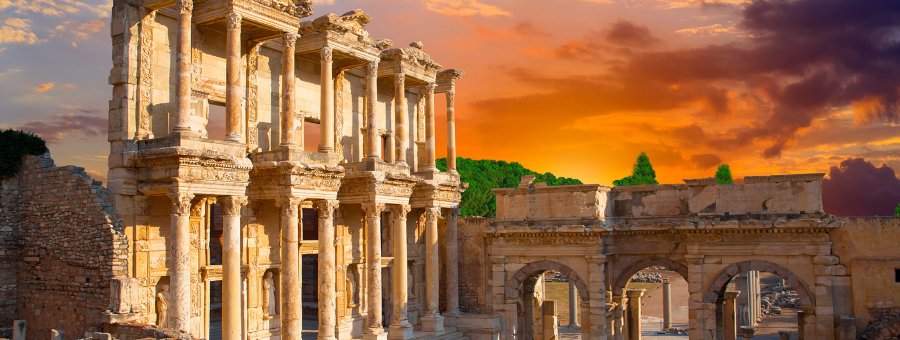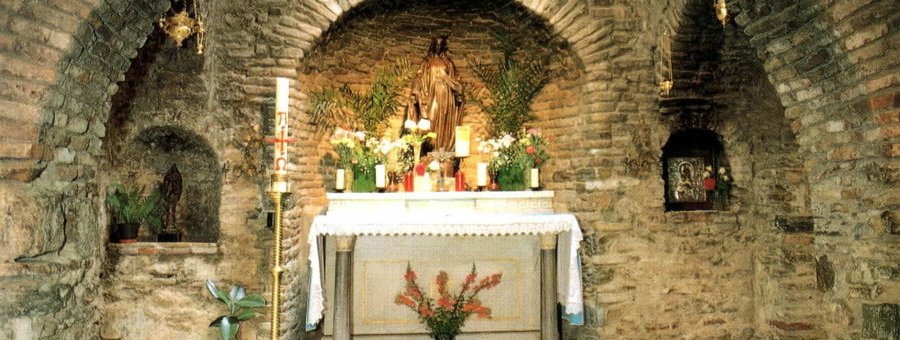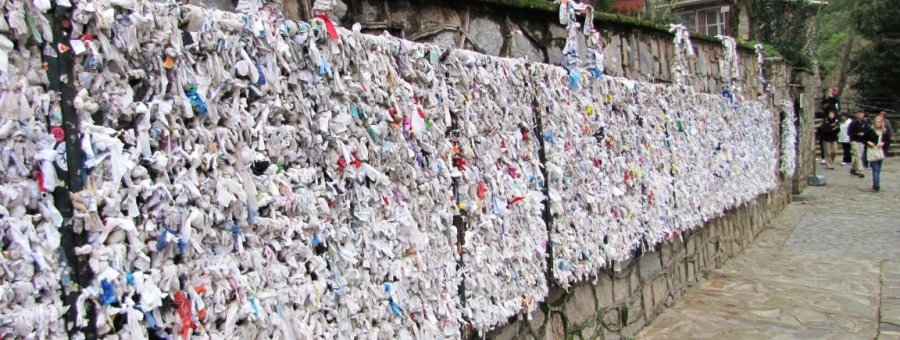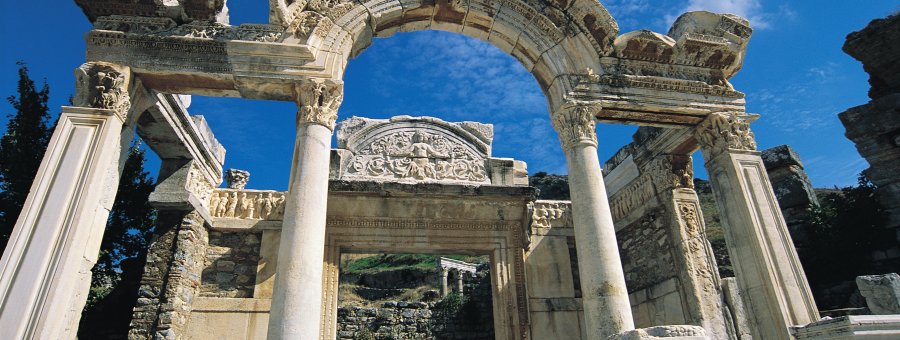Selcuk
Selcuk is the central town of Selcuk district, İzmir Province in Turkey, 18 km (11 mi) northeast of Kusadasi, 3 km (2 mi) northeast of Ephesus. Its name comes from the Seljuk Turks who settled in the region by the 12th century. Selcuk is one of the most visited touristic destinations within Turkey, known for its closeness to the ancient city of Ephesus, House of the Virgin Mary and Seljukian works of art. The 6th century basilica of St. John the Apostle, which, some claim, is built on the site of the Apostles tomb, is also inside the town. However with the vast majority of tourists only using Selcuk as a stopping point for Ephesus and not visiting the town itself, the old quarter of Selcuk remains generally undisturbed and undeveloped, retaining traditional Turkish culture and locality. Ayasoluk Hill dominates the surrounding area, with several historical buildings on its slopes, including the Isa Bey Mosque built by the Seljuk Turks in 1375, and the Grand Fortress. The Ephesus Airport and Selcuk Training Center of the Turkish Aeronautical Association is only 3 kilometers away from Selçuk, offering piloting, parachuting, and microlight training. The annual camel wrestling championship takes place in Selcuk in the Winter, near Ephesus.



